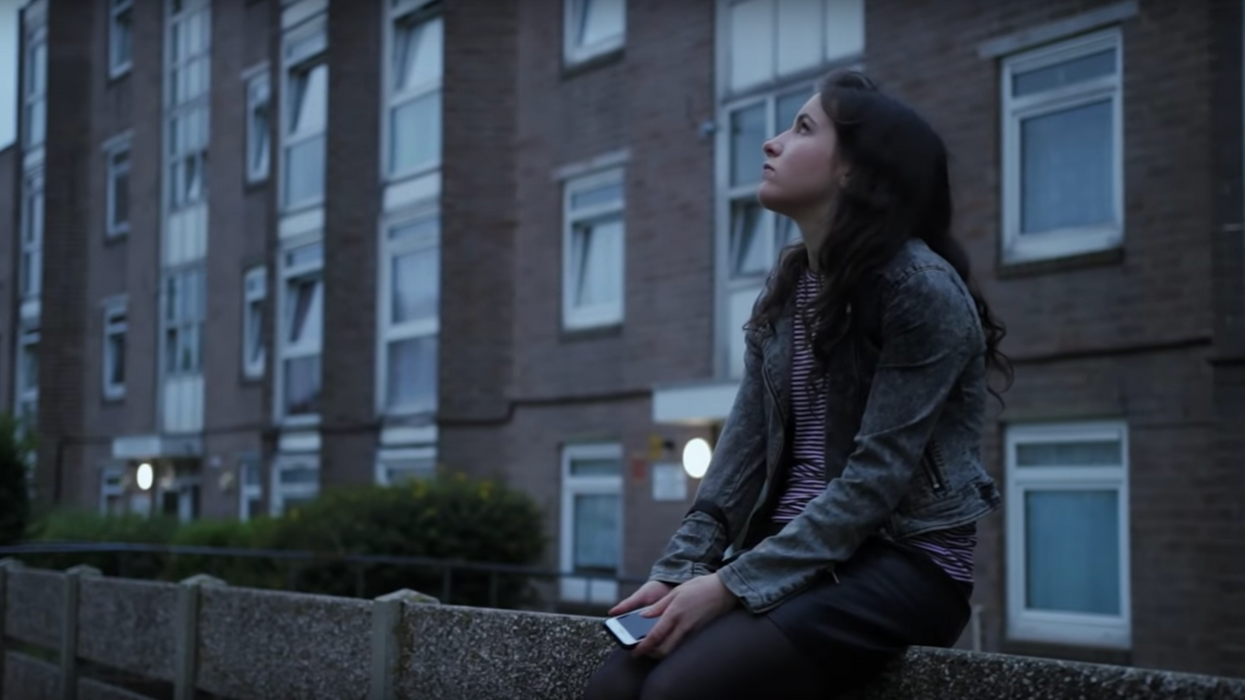How to Turn Your Film's Music into a Better Storyteller
Music can not only affect the way we feel but it can also change the way we see things.

Choosing music for your film can be a tricky task for more reasons than one, but perhaps the most frustrating and exhilarating part of the process is finding something that "fits" your scene. But not only do certain kinds of music go well with certain scenes but music can often affect your film in ways that you may not even realize. To get a better understanding of this, take a look at this video, in which Simon Cade of DSLRguide breaks down a few ways you can utilize music to bring your story to life.
The incredible thing that music and film have in common is that they both have the power of eliciting strong emotions from those who hear or see them, whether it's fear, tranquility, rage, or deep, unrelenting sorrow. And you can harness this power to help inform your audience about different aspects of your story, from the tone to your protagonist's emotions.
For example, in the same way that you use tight shots and quick editing to inspire your audience to feel rushed or like your character on screen is running out of time, you can also use music that has a faster tempo. Or, in the same way you might use natural lighting, warm colors, and slow camera movement to inspire your audience to feel at ease as your character enjoys a leisurely walk in a park, you can also use music that is delicate—with a piano, acoustic guitar, or violin perhaps—not too high or low in pitch, and—well, I'm sure you'll know it when you hear it.
And once you get the hang of choosing music to fit the emotion on screen, you can really start to play with the musical/visual juxtaposition. In fact, music can do more than bolster the nature of the visuals, it can inform them as well, not unlike how montage can inform the meaning of a single shot through a phenomenon known as the Kuleshov effect. Cade puts this technique to the test by swapping out different kinds of music on a shot of a bouquet of flowers. Happy, allegro music? Hell, those flowers are on their way to a beautiful bride. Tragic stab-me-in-the-heart piano? Those m-fers are going to a funeral...during a downpour.
There are so many ways to utilize music in your films, so take some time to play around with different genres and styles to see what kinds of emotions they elicit and how they change your visuals. Remember, music can be such a great and economical storyteller if you know how to access its narrative power.
Source: DSLRguide











